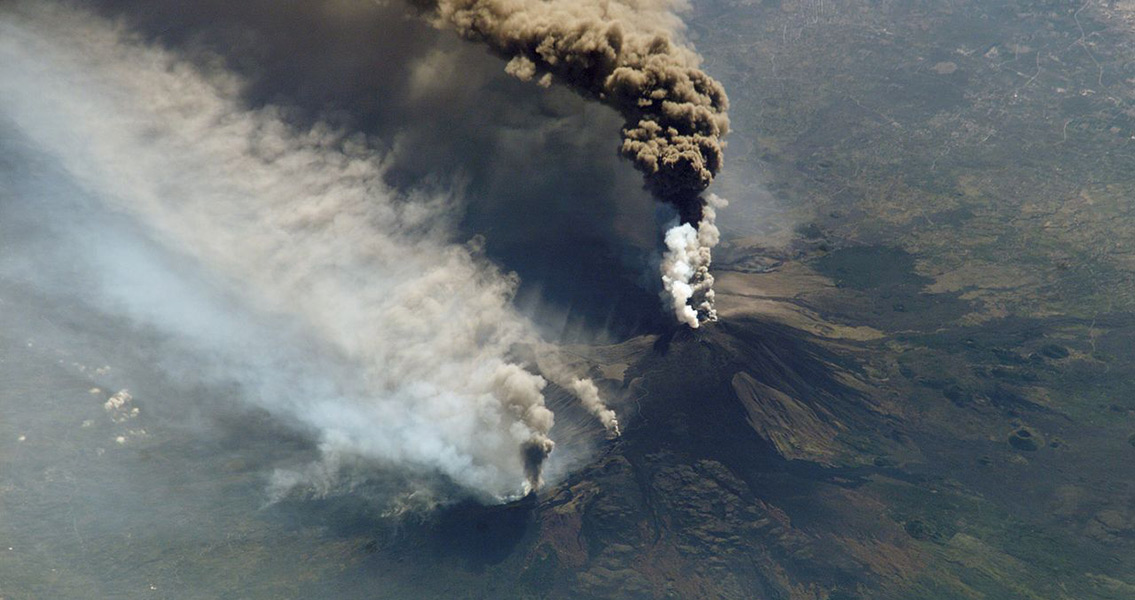<![CDATA[The biggest eruption in Mount Etna's history began on 8th March 1669, causing horrifying devastation to the island of Sicily. Mount Vesuvius may be Italy's most infamous volcano, thanks in large part to its cataclysmic eruption in 79 CE, yet Etna is the country's most active. Records document eruptions by the massive volcano dating as far back as 1500 BCE. In the last hundred years alone 73 eruptions have been recorded there. Etna is an ominous sight on the Sicilian skyline, towering above the city of Catania with a peak some 3,300 metres above sea level. The volcano is the result of the meeting of the European and African tectonic plates, stresses of the continents' collision forcing one under the other and causing a subduction zone. On 8th March 1669 Etna started rumbling. A series of eruptions over the following weeks would see an estimated 20,000 people killed by the volcano. Much of the devastation can be explained by Etna's eruption style, termed strombolian by volcanologists. While volcanoes like Vesuvius, or Mount St. Helen's in the USA, are characterised by sudden, large eruptions, Etna tends to experience long lasting but gentle volcanic events. The 1669 eruption has been estimated to have had a rating of three on the volcanic exclusivity index (VEI). Although still severe, this is comparatively mild. The 79 CE eruption of Vesuvius and 1981 eruption of St. Helen's were both rated at 5 on the index. When Etna started rumbling on 8th March 1669 then, there is a chance that the people living nearby had no idea of the impending catastrophe. For three days they stayed in their homes rather than flee. On 12th March, with little warning, the volcano began spewing noxious gases into the air. 3,000 people living on the mountain's fertile slopes were killed by asphyxiation in a matter of hours. Later, tons of ash and molten lava were hurled out of the volcano. Such was the force of some of these explosions that debris soon rained down up to a hundred miles away on mainland Southern Italy. Lava began pouring down Etna's southern slope, hurtling towards Catania. Fifty men bravely headed into the face of danger, hoping to divert the lava flow. They almost succeeded, smashing a hole into the hardened outer lava wall and causing the flow to veer west. Suddenly, the citizens of nearby Paterno realised the deadly flow had been redirected towards their city. They headed up to where the Catanian men were working, and literally battled with them to stop the efforts at diverting the flow. Slowly, over the course of several weeks, the apocalyptic lava flow creeped towards Catania. Still, the city's citizens didn't flee, convinced that the city walls would protect them or the lava flow would come to a stop before it reached the city. The reality was that they'd drastically miscalculated. The walls quickly succumbed and the city was flooded with lethal lava. By the end of Etna's 1669 eruption, much of Catania had been destroyed and 14 towns and villages on the mountain's slopes obliterated. As well as the thousands of fatalities, some 27,000 people were left homeless. ]]>
Massive Volcano Eruption at Mount Etna in 1669 Kills Thousands
